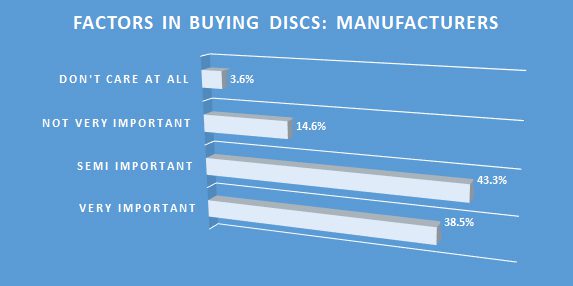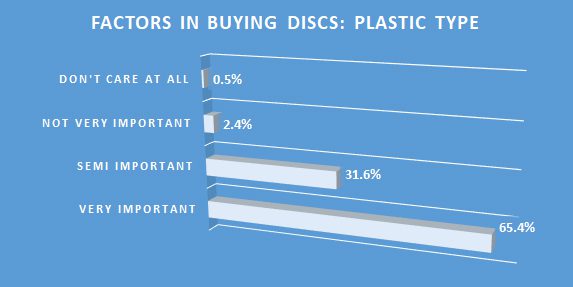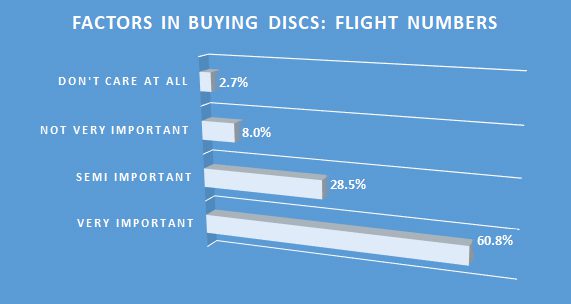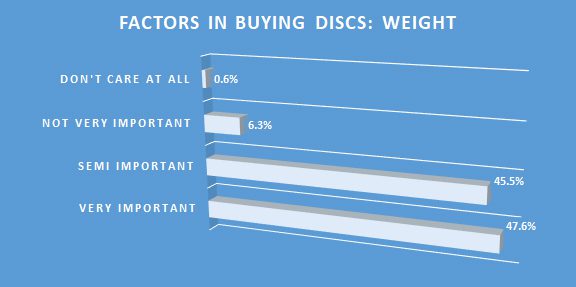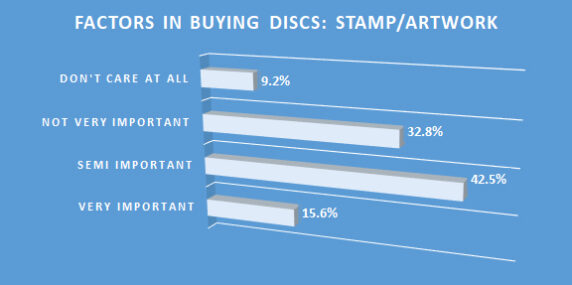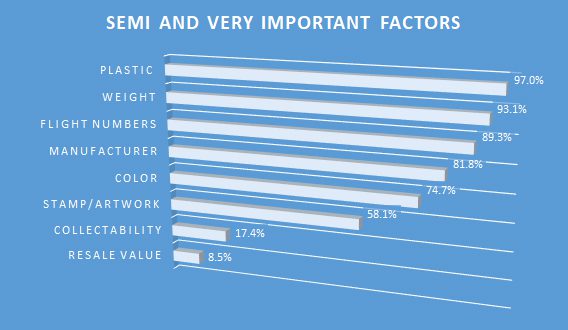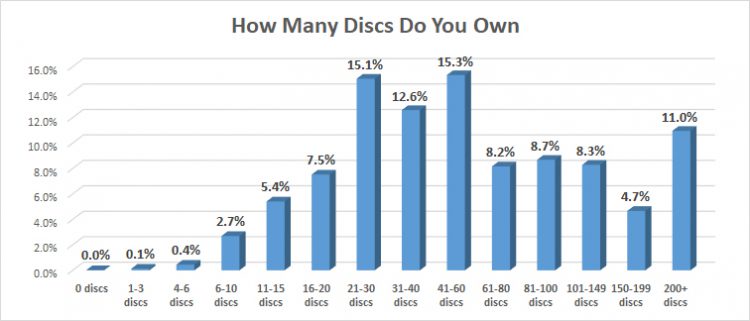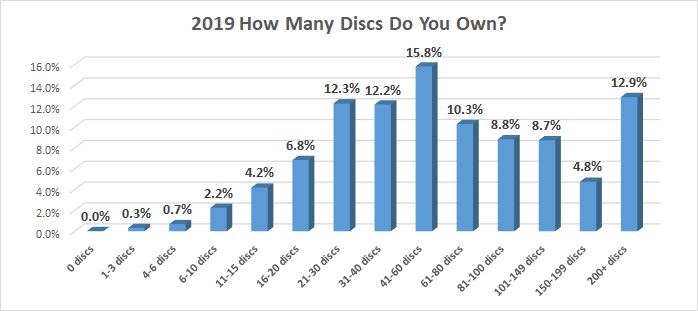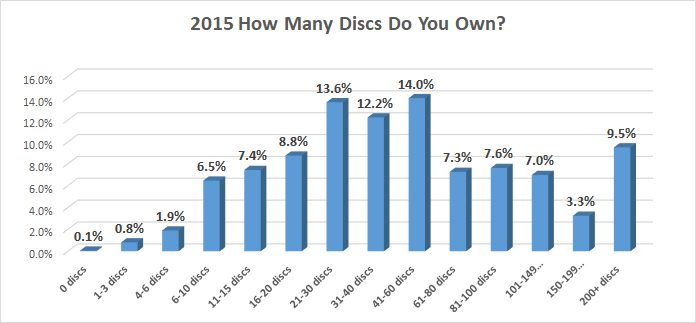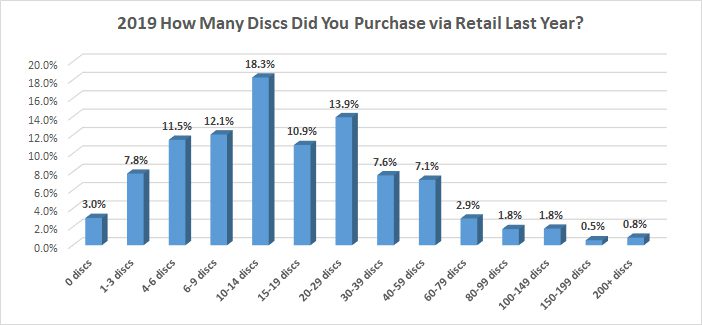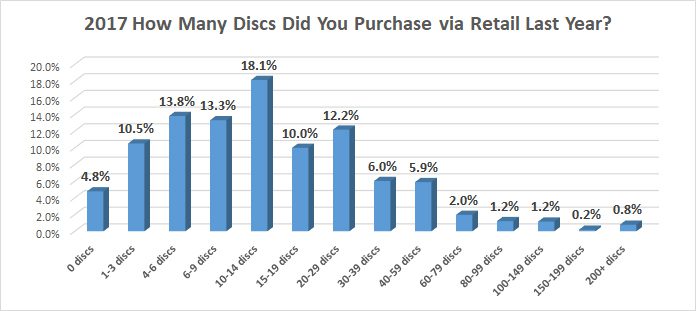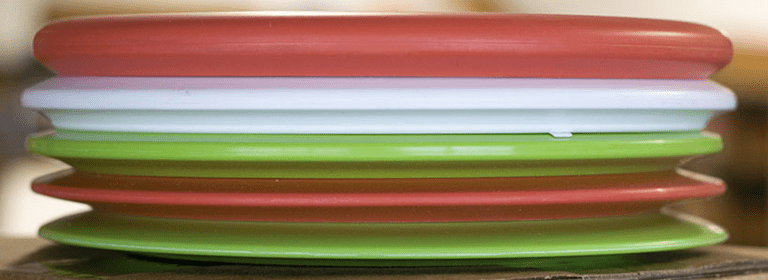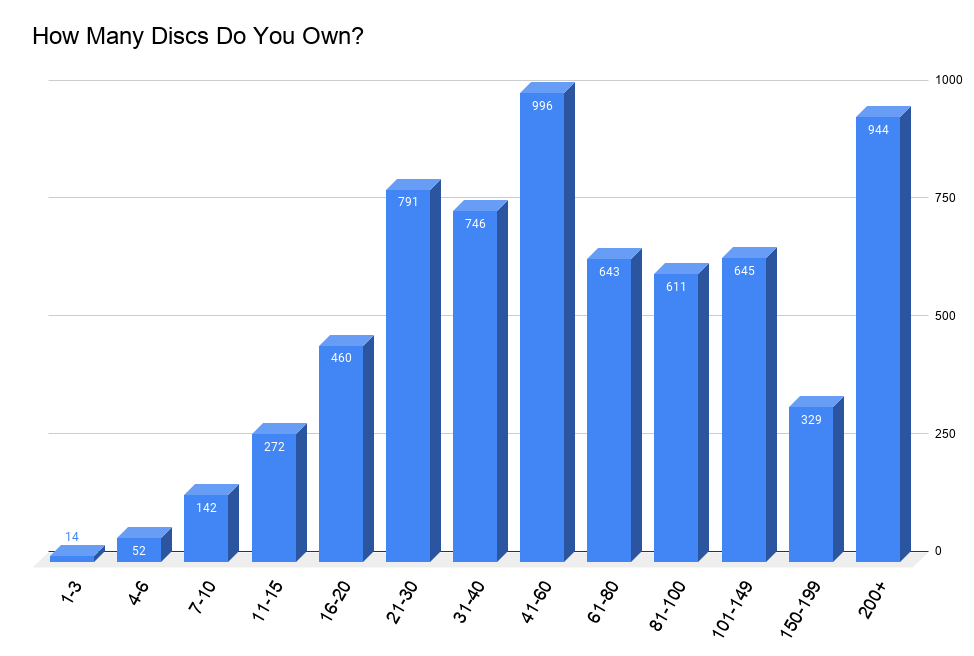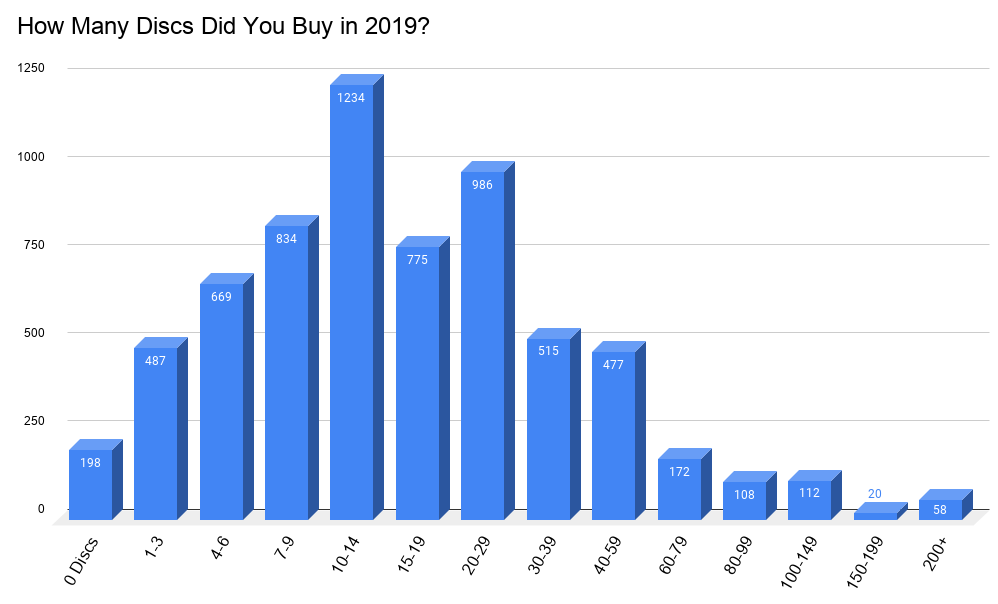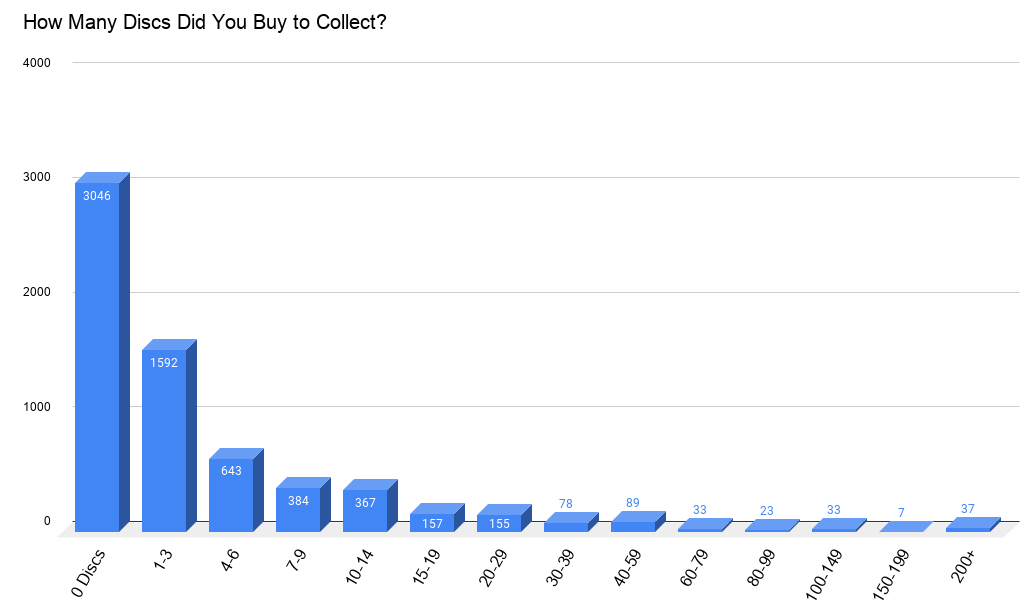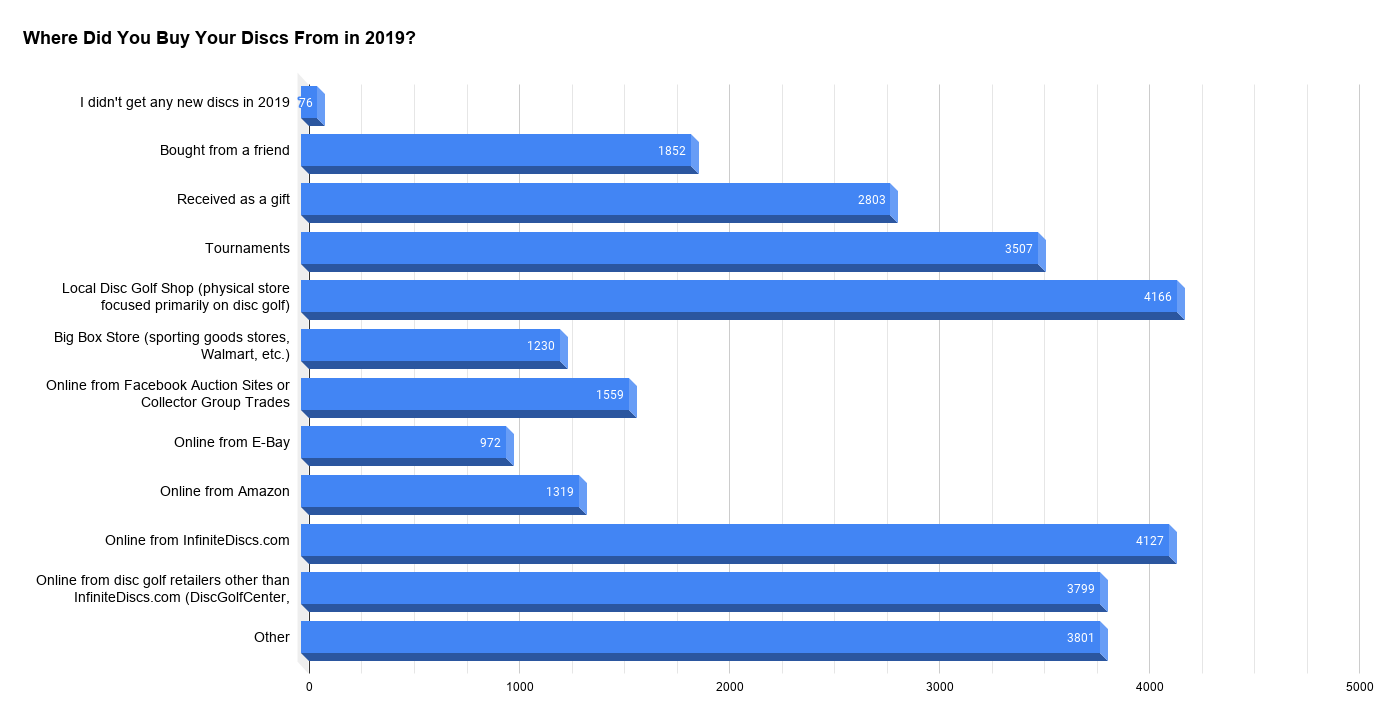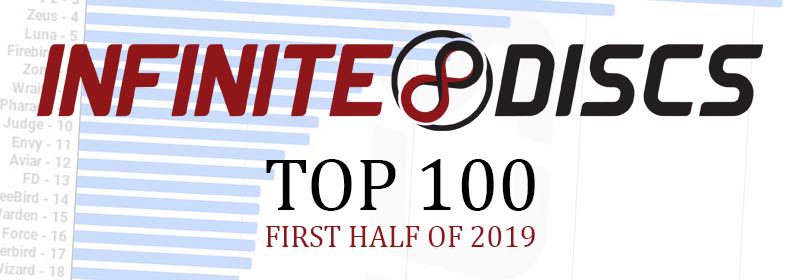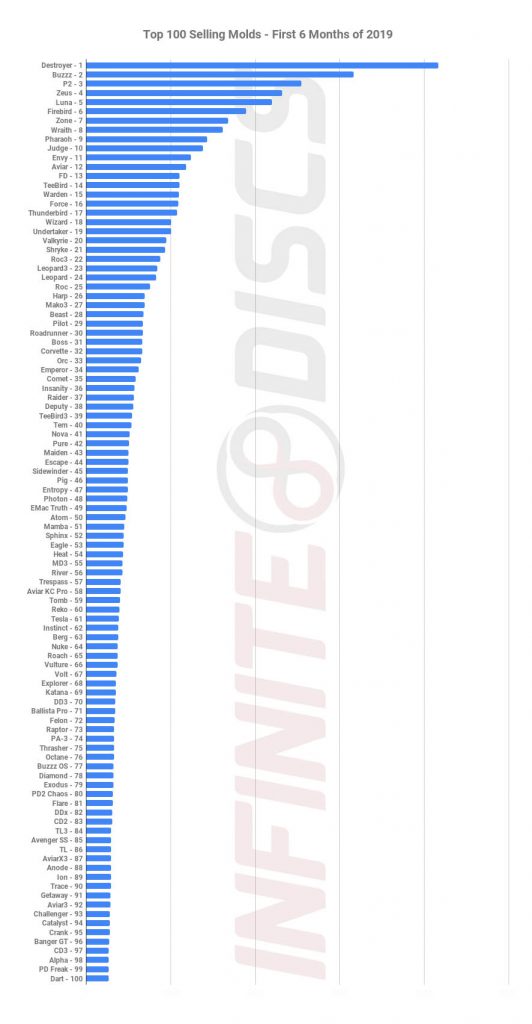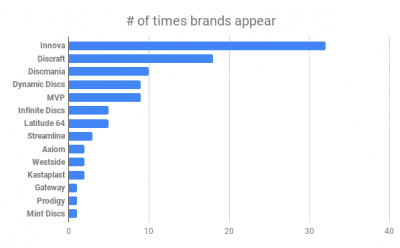Most Important Factors for Selecting a Disc: Weight, Flight Ratings, Color
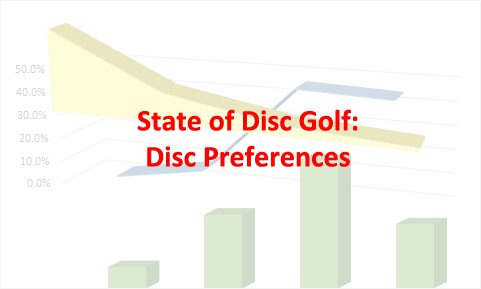
Choosing the Right Disc: What to Consider
When it comes to buying a disc, there are many factors we might consider in making our decision about which disc to choose. I think that most of us have established our hierarchy of disc needs that we weigh against the options available.
Flight numbers, for better or worse, and weight are definitely high on my list of requirements. There are many molds and weights that are outside my set parameters and I would never buy one of those discs. Plastic type is only slightly behind weight and flight in importance, and sometimes I have some flexibility in what I will buy – assuming that my top preference is not available.
Following those three factors, my hierarchy becomes less about needs, and more about desires.
Although I will throw any brand, I have a lot of Infinite molds in my bag because I like the molds and plastics. And I will also throw any color disc, but if I have a choice I will pick bright pink. Pink is the best color when you end up searching for a lost disc in bushes, trees, or long grass. (I love the look of a black disc, but HATE looking for a black disc in bushes!) Collectability, resale value, and the stamp are all important factors in certain circumstances. But, for a thrower those things are near the bottom of my list.
Factors in Choosing Discs
All of the factors mentioned above are what we asked about in the State of Disc Golf survey. This week we will look at what we consider important factors in disc selection. We will also look at a couple of subsets of survey participants and which factors are important for them. Let’s start with the three things that I place at the top of my preference list: flight numbers, weight, and plastic type.
We have established in previous survey blogs that although some of us buy discs to collect and not throw, most of us are going to play with the discs we buy. Since that is the reason we are buying most of our discs, the factors affecting the flight will be the most important things to consider. Here are the results of the survey question asking about the importance of those factors. We gave four options to select, ranging from ‘Don’t care at all’ to ‘Very important’.
Flight Numbers
Nearly 90% of disc golfers consider the flight numbers of the disc as an important factor. 59.1% consider flight numbers very important while 29.6% feel the flight numbers are semi-important.
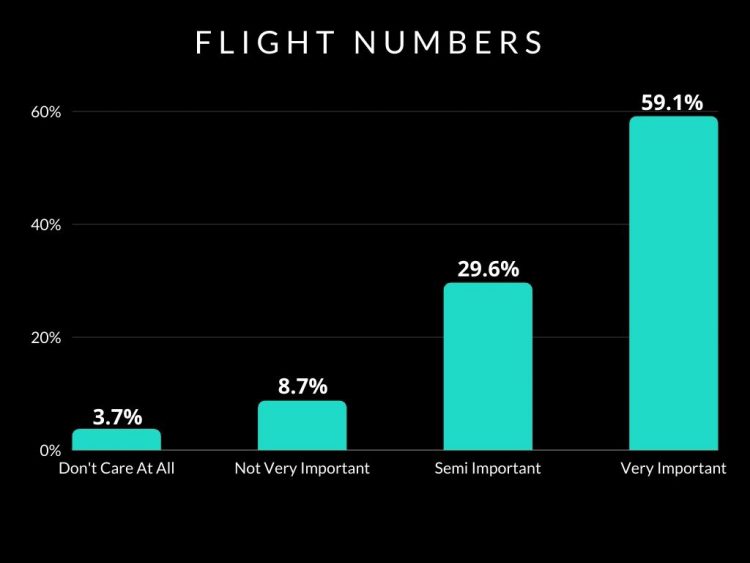
Disc Weight
To more than 90% of disc golfers the weight of the disc is an important factor when selecting what to buy. While flight numbers are very important to the majority, weight is not rated “very important” quite as often.
Plastic Type
Disc golf is full of different plastic blends and varieties. Players develop preferences, and the plastic type of the disc is important to 96% of disc golfers. My guess is that the plastic preferences don’t variate much between premium plastics, but do vary substantially between a disc mold when comparing a base and a premium disc mold.
Our Disc Choices
It is interesting to see that more people chose plastic type as being Very Important than chose flight numbers or weight. Regardless, around 90% of us consider those three factors as being at least semi-important. I would expect at least that amount, and maybe more. Let’s look at a few more factors.
Less Important Disc Selection Factors
Beyond the flight of the disc we might consider its aesthetics when looking for a disc to buy. Finding a color that is appealing, or utilitarian, as well as a stamp that we like can be as difficult as finding the right flight numbers and weight. Even more so if we prefer a specific brand of disc. Here are the survey results showing the importance we place on those three factors.
Disc Color
The color of the disc is important, but more than 32% of disc golfers don’t consider the disc color as important while only 22.6% of disc golfers surveyed consider color to be very important.
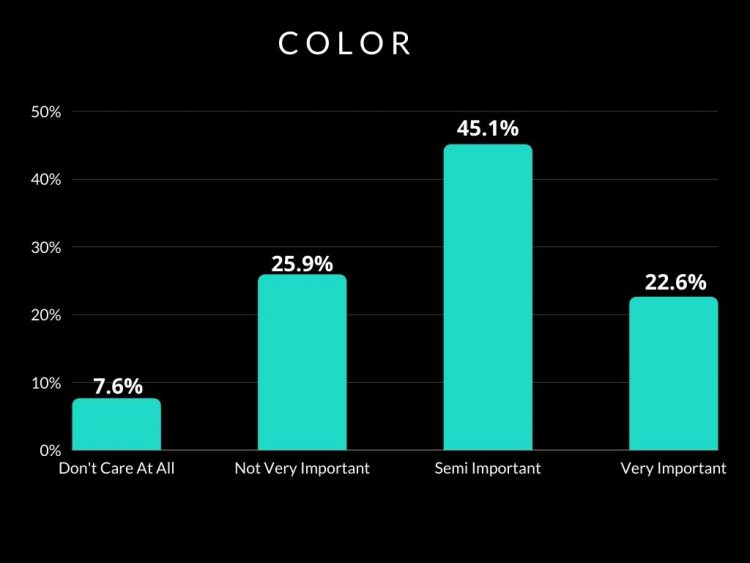
Disc Golf Brand
There are many brand loyalists in disc golf, especially for sponsored players. Over 70% of disc golfers consider the brand of the disc as an important factor when selecting their next frisbee to buy.
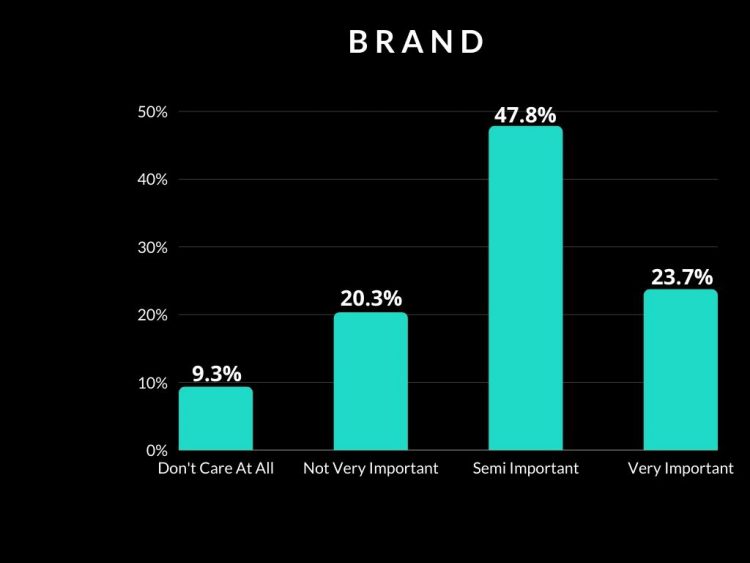
Disc Stamp & Stamp Artwork
While having a good looking disc with a nice stamp and artwork is awesome, just a little over half of surveyed disc golfers consider the stamp artwork as important with only 14.2% of disc golfers saying that the disc stamp is very important.
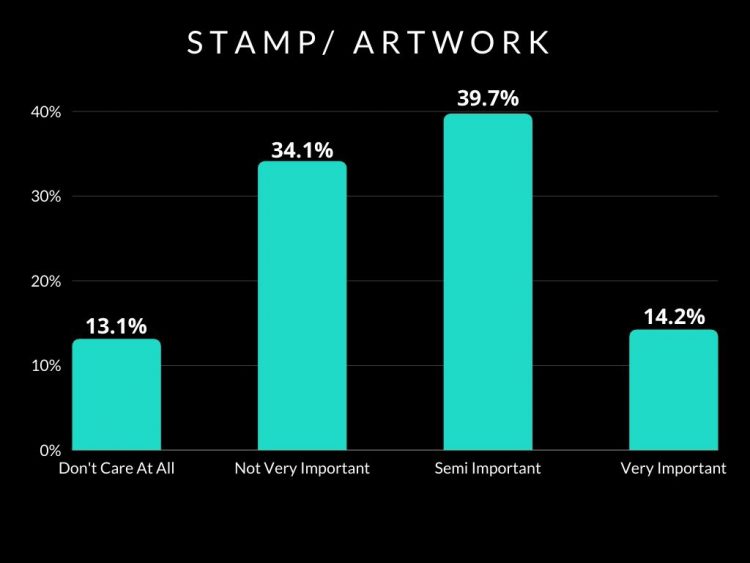
Once again, if we consider the percentage of us who think that those factors are semi-important to very important, we see that brand and color are hovering around the 70% mark. The stamp/ artwork factor drops off a bit from the other two categories, coming in near the 54% mark. All things considered, most of us would take an amazing, good-looking stamp over a boring stamp. But, little more than half of us make that a priority. Disc color and brand are a bit higher.
Buying Discs for Collectability and Resale Value
The final two factors to look at when buying a disc are beyond the throwers that most of us are looking for. Buying a disc for its collectability, or rarity, is something that few of us think about. Resale value is important to even fewer of us. While there are many in our sport who buy a rare disc to immediately flip it for a profit, most of us don’t make purchases for that reason. Even the one in five of us who buys a discs for its collectability does so without the thought of resale value about half of the time. Here are the numbers:
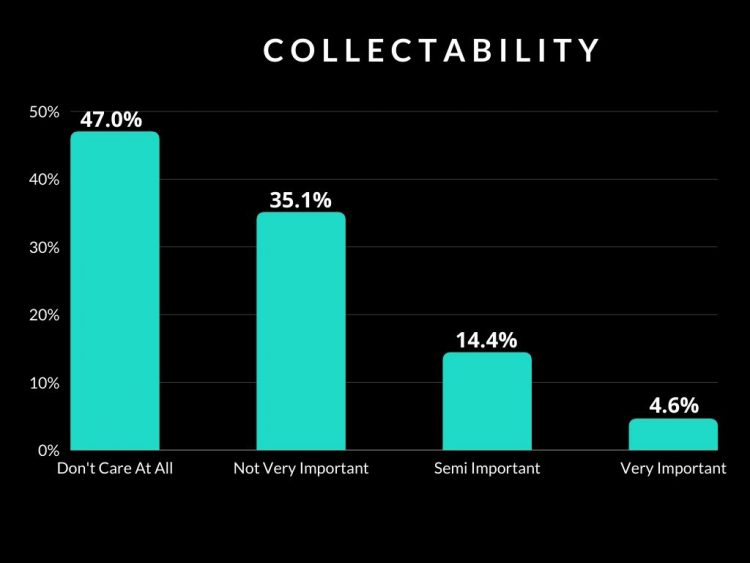
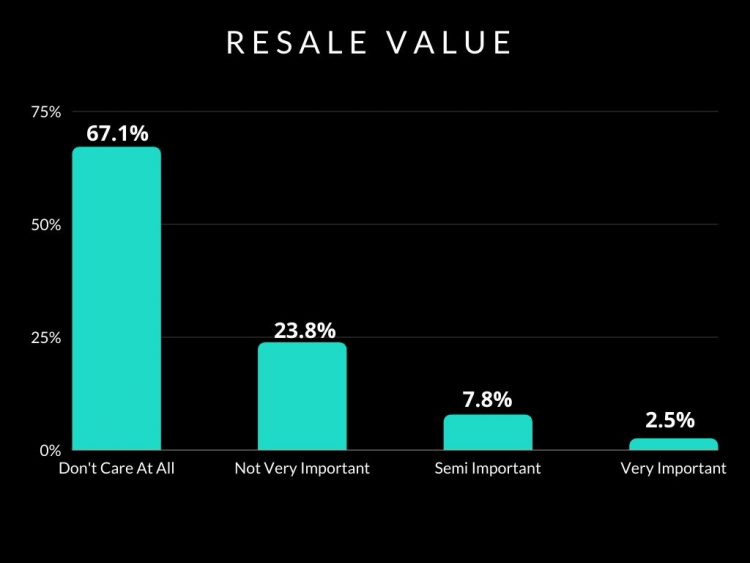
Skill Affecting Decisions
What factors are most important to beginners, intermediate players and professional disc golfers?
Jumping back to the top three factors that most of us consider when buying a disc (Weight, Flight Numbers, and Plastic Type), I wanted to see how our skill level impacts the importance we place on those characteristics. Let’s compare the numbers of beginner/intermediates with professionals. Here is the data:
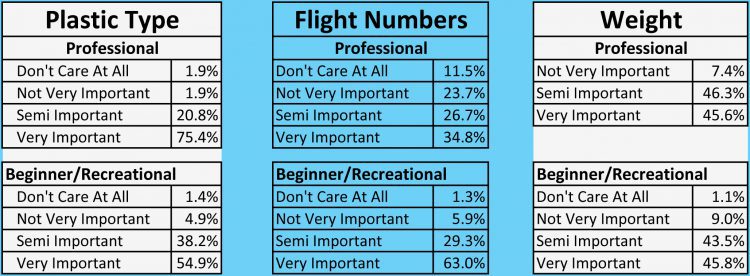
Although both skill levels give the Weight of a disc nearly the same level of importance, there is a bit of difference when it comes to Flight Numbers and Plastic Type. Looking at what those two skill levels consider are the most important characteristics, we see that professionals care a significant amount more about plastic type than beginners. And beginners care about the same amount more than pros do about Flight Numbers.
Our Flight Rating System
Ahhh, flight numbers. Many disparaging remarks have been made about our current 4-number flight rating system. As flawed as it may be, many of us still rely on it for information about a particular mold. As people first get into disc golf they learn about the flight rating we use, and rely on it heavily. That would explain the higher number of beginners who value the Flight Numbers.
As people get more experience in the sport, I suspect they rely on other methods of determining which disc will be useful to them. Talking to other experienced players, and seeing what other people on their level are throwing would be more accurate to them than the flight numbers. They likely also develop more of a feel for what they want to throw, which would explain the higher value placed on the Plastic Type by pros over less experienced players.
Collectors – How Many Discs do They Buy
One other subset of the general population that I wanted to look as is the avid collectors. For this blog we will look at the 344 people who said they bought more than 40 discs that they will collect and not throw. I wanted to see what value they place on Stamp/Artwork and Resale Value. Let’s see what the survey says:
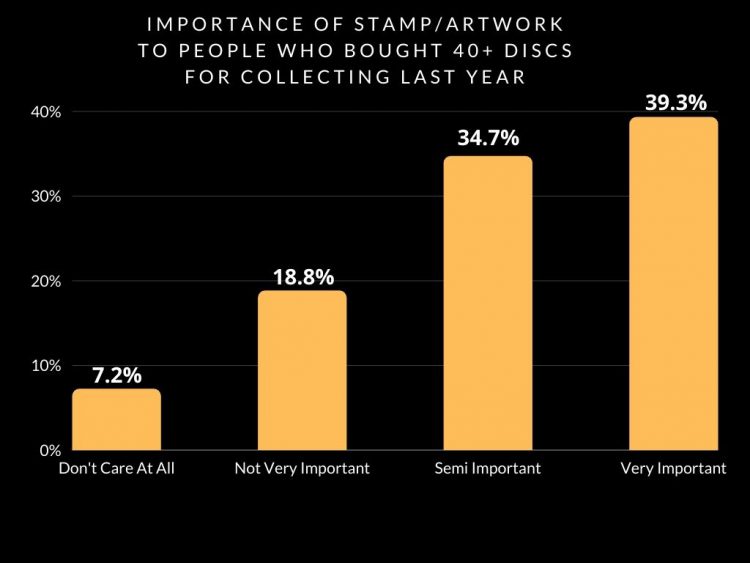
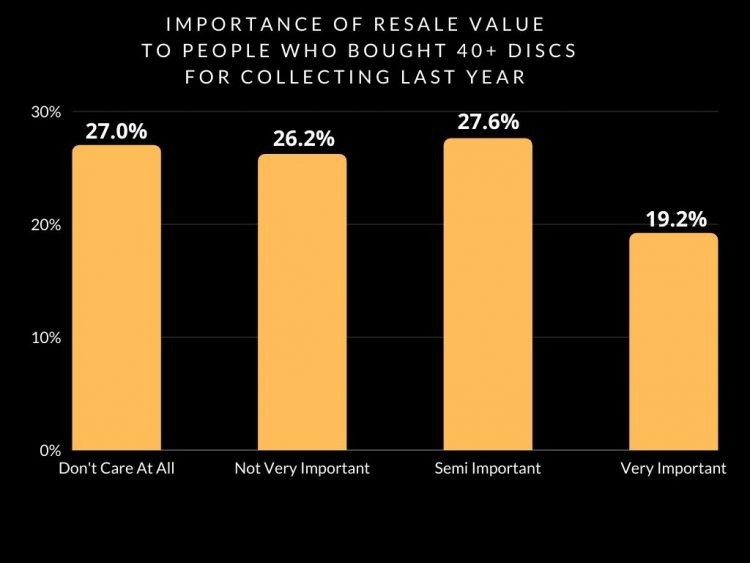
It’s not surprising to see a higher percentage of people who collect discs make Stamps and Resale Value a higher priority. Speaking from experience, there are some discs I want to add to my collection regardless of the stamp. Other discs I want exclusively because of the stamp. The Nicola Tesla stamp is a good example of that. Plus, I think that most of us like the idea of having discs in our collection that enough people want that gives us the option of selling it down the road for a tidy sum. That’s just a little more of a priority for collectors.
Comment Below
Comment below and let us know which of these survey results surprised you the most, and which was completely expected. Then check back next week for more survey results!

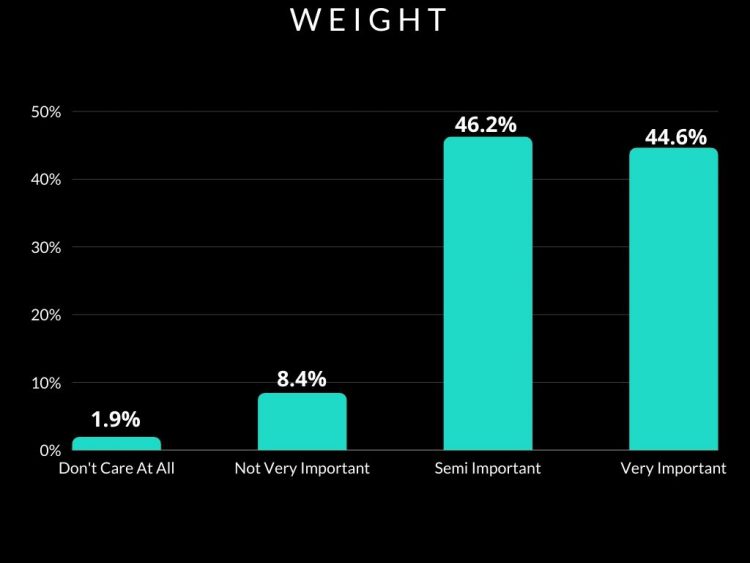
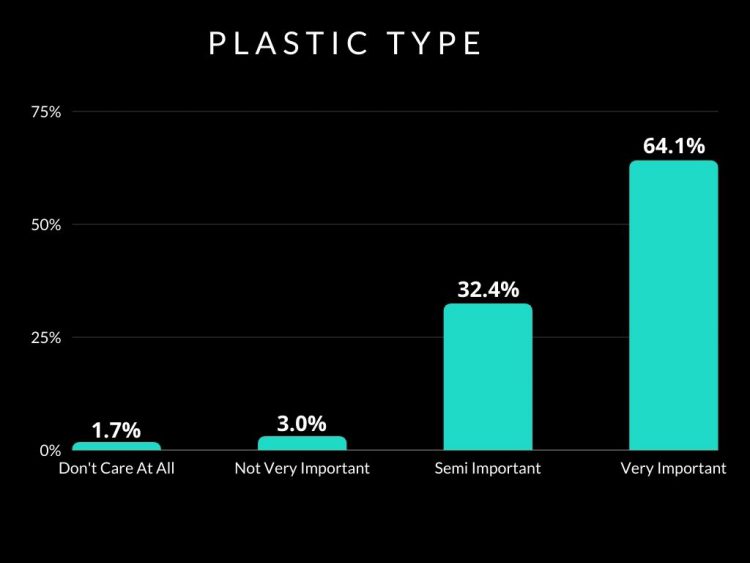

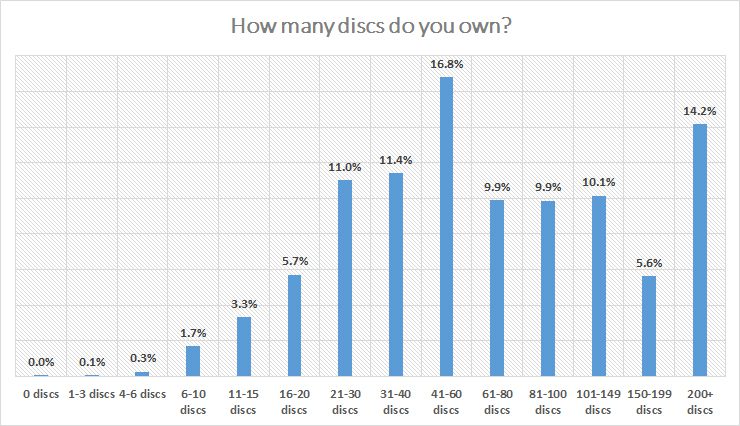
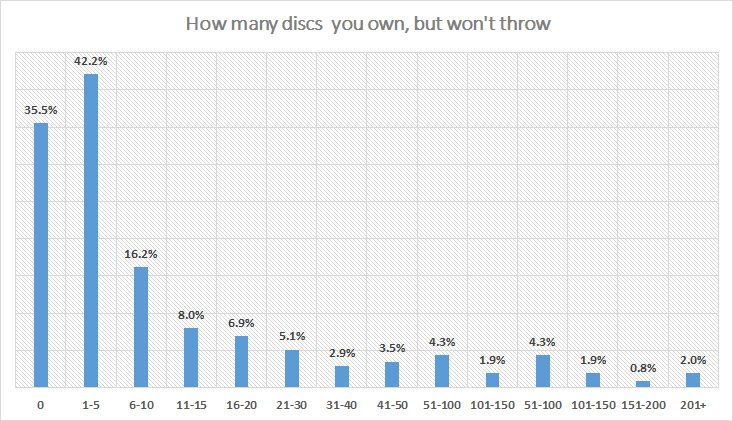
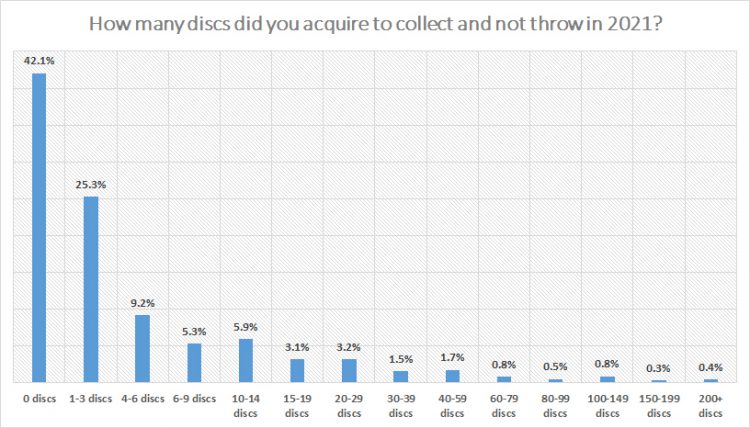
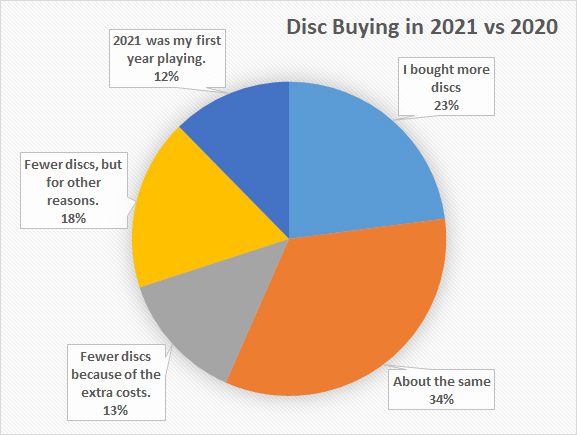
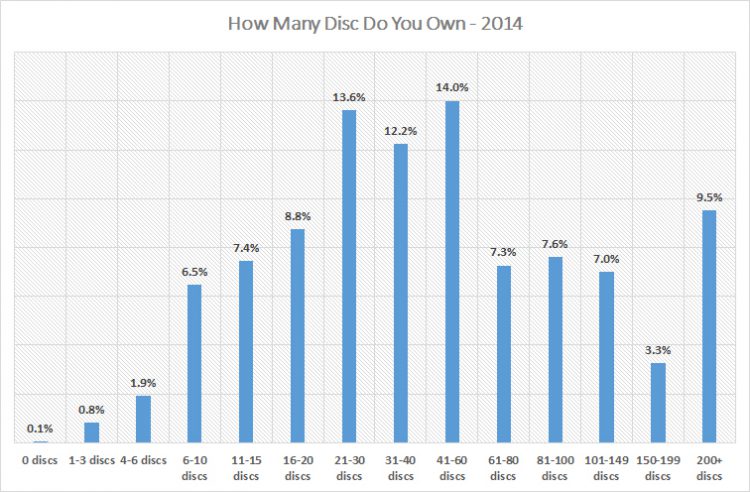
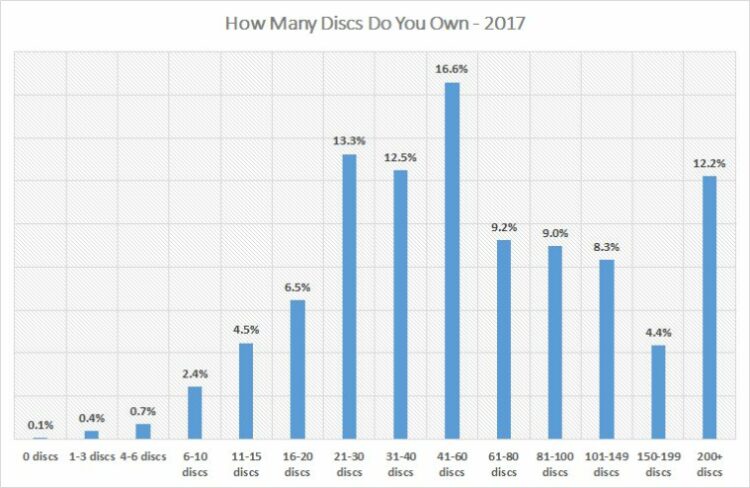
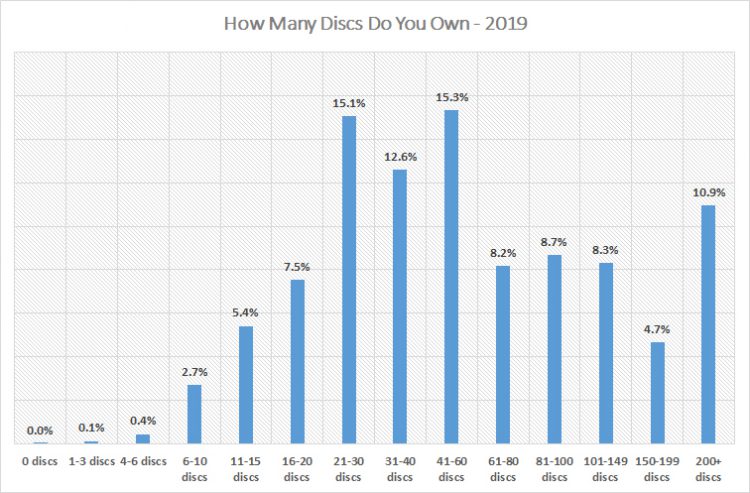
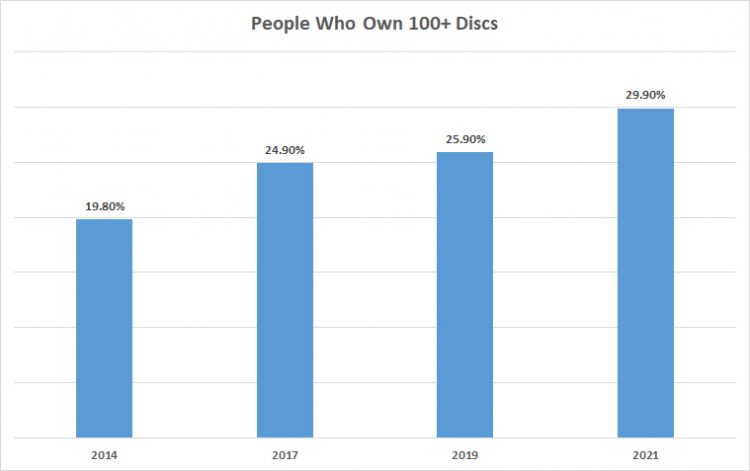
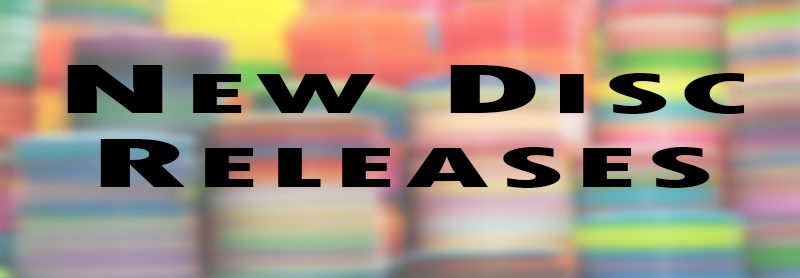
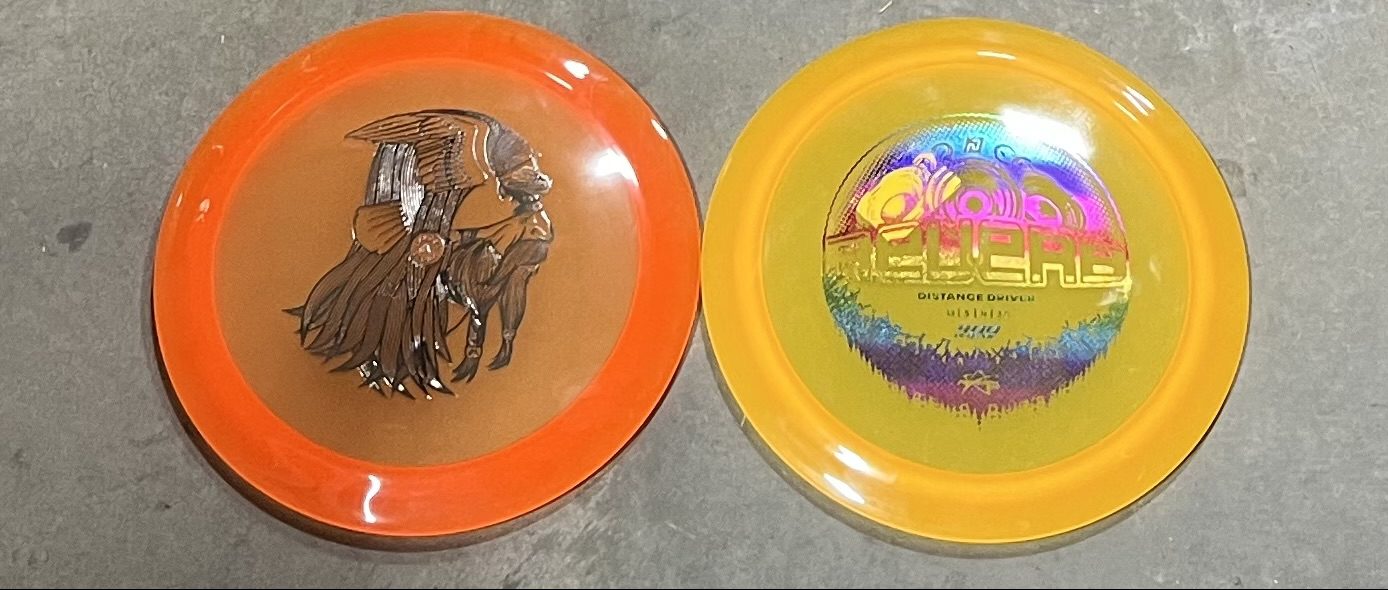
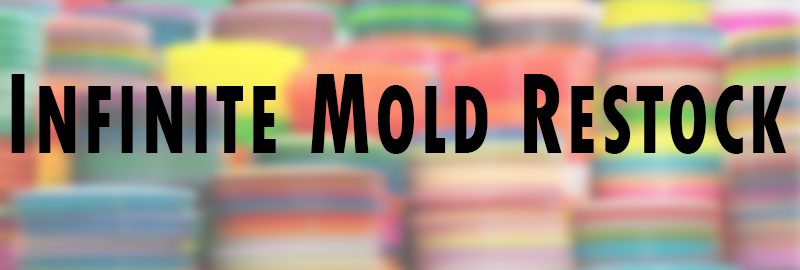
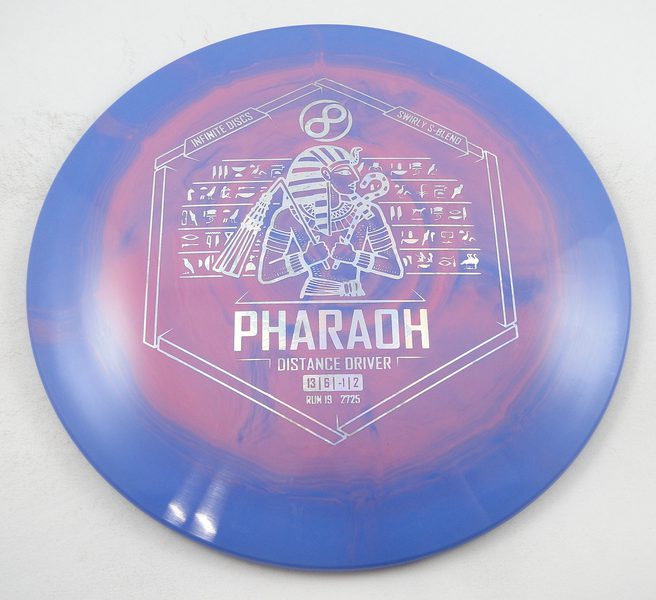 In this most recent run of Pharaohs has a lot of great swirls in the plastic. The aesthetic of this plastic is superb! As someone who doesn’t throw the Pharaohs, these discs make me want to grab one and throw it. That’s how good these discs look. Grab your beautiful Pharaoh for $16.99.
In this most recent run of Pharaohs has a lot of great swirls in the plastic. The aesthetic of this plastic is superb! As someone who doesn’t throw the Pharaohs, these discs make me want to grab one and throw it. That’s how good these discs look. Grab your beautiful Pharaoh for $16.99.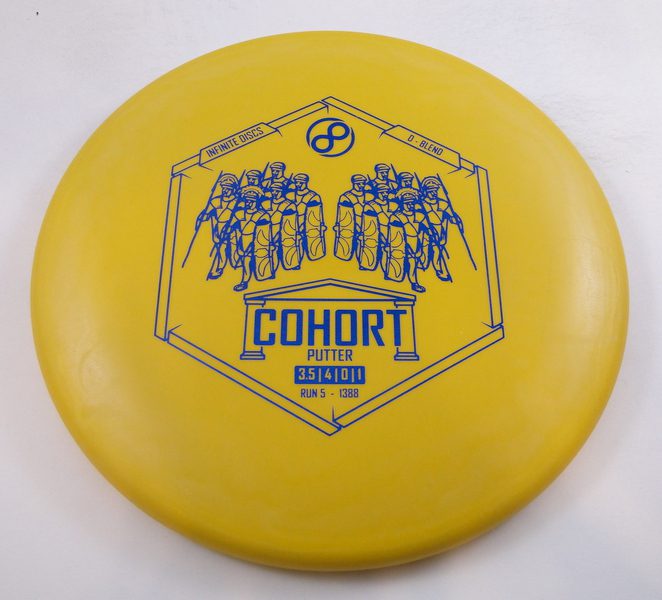 This mold is a well loved. It makes for an excellent putter, whether your putting or using it for approach shots. This thing flies straight. For approach shots, this disc is definitely a favorite. You can get this now in D-Blend for $8.29 or in R-Blend for $11.99.
This mold is a well loved. It makes for an excellent putter, whether your putting or using it for approach shots. This thing flies straight. For approach shots, this disc is definitely a favorite. You can get this now in D-Blend for $8.29 or in R-Blend for $11.99.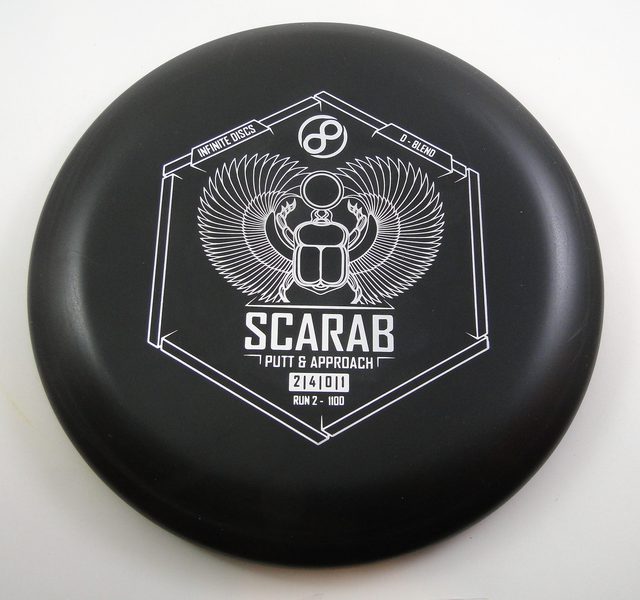 The Scarab is a pretty solid disc. It is a stable putter that allows for some great throws or powerful putts. With its bead, it provides a comfortable resting spot for your forefinger. This is an enjoyable disc to throw. This is restocked in the D-Blend plastic, only for $8.29.
The Scarab is a pretty solid disc. It is a stable putter that allows for some great throws or powerful putts. With its bead, it provides a comfortable resting spot for your forefinger. This is an enjoyable disc to throw. This is restocked in the D-Blend plastic, only for $8.29.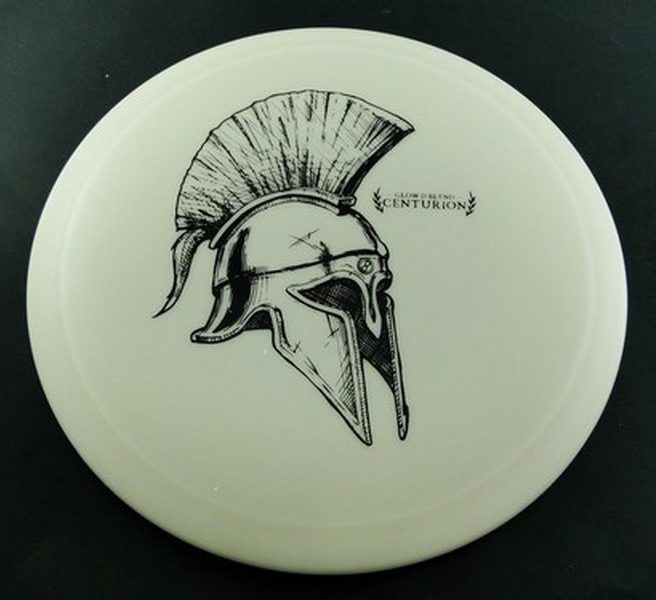 This fairway driver is a really easy disc to throw. It offers great control and decent distance. The Centurion makes for an excellent disc to use on the longer upshots, or if you’re looking for some needed control. We’ve restocked this disc in D-Blend Glow, it is available now for $11.99, perfect for those glow rounds. Especially now that it is warming up again.
This fairway driver is a really easy disc to throw. It offers great control and decent distance. The Centurion makes for an excellent disc to use on the longer upshots, or if you’re looking for some needed control. We’ve restocked this disc in D-Blend Glow, it is available now for $11.99, perfect for those glow rounds. Especially now that it is warming up again.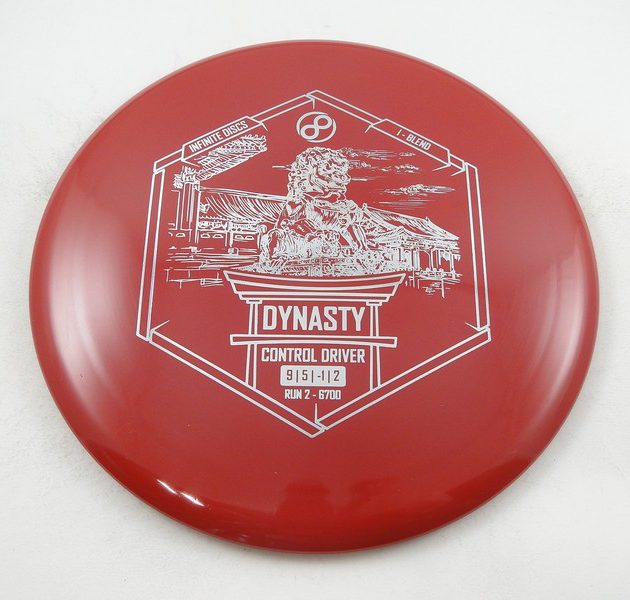 This control driver is a new release, just as of last week. It is a pretty awesome disc, it is on the verge of a distance driver. To me this 9 speed driver provides a very comfortable grip. I also find that it is quite controllable and offers just enough stability to put power behind it and work to get the distance that I’m looking for. While also able to control it, I really like this disc. For now, it is available in I-Blend, grab yours for $12.99.
This control driver is a new release, just as of last week. It is a pretty awesome disc, it is on the verge of a distance driver. To me this 9 speed driver provides a very comfortable grip. I also find that it is quite controllable and offers just enough stability to put power behind it and work to get the distance that I’m looking for. While also able to control it, I really like this disc. For now, it is available in I-Blend, grab yours for $12.99. The Alpaca is an awesome putter. I’ve enjoyed this disc for my putter, as well as a driver. Now, we will make this disc available in Gummy C-Blend Plastic. I really enjoy a flexible plastic, and that is what this blend is, flexible. It is pretty awesome! You should definitely give this putter a try, as it is consistent and floaty. A very versatile putter. You’ll be able to get this disc for $15.49, and it will release tonight at midnight.
The Alpaca is an awesome putter. I’ve enjoyed this disc for my putter, as well as a driver. Now, we will make this disc available in Gummy C-Blend Plastic. I really enjoy a flexible plastic, and that is what this blend is, flexible. It is pretty awesome! You should definitely give this putter a try, as it is consistent and floaty. A very versatile putter. You’ll be able to get this disc for $15.49, and it will release tonight at midnight.
